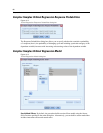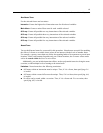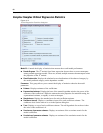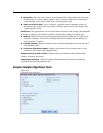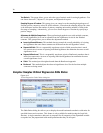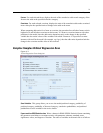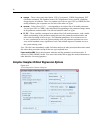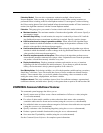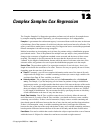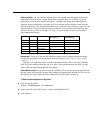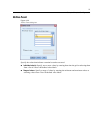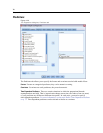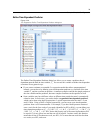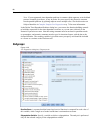
Chapter
12
Complex Samples Cox Regression
The Complex Samples Cox Regression procedure performs survival analysis for samples drawn
by complex s ampling methods. Optionally, you can request analyses for a subpopulation.
Examples. A government law enforcement agency i s concerned about recidivism rates in their area
of jurisdiction. One of the measures of recidivism is the time until second arrest for offenders. The
agency would like to model time to rearrest using Cox Regression but are worried the proportional
hazards assumption is invalid across age categories.
Medical researchers are investigating survival times for patients exiting a rehabilitation program
post-ischemic stroke. There is the potential for multiple cases per subject, since patient histories
change as the occurrence of significant nondeath events are noted and the times of these events
recorded. The sample is also left-truncated in the sense that the observed survival times are
“inflated” by the length of rehabilitation, because while the onset of risk starts at the time of the
ischemic stroke, only patients who survive past the rehabilitation program are in the sample.
Survival Time. The procedure applies Cox regression to analysis of survival times—that is, the
length of time before the occurrence of an event. There are two ways to specify the survival time,
depending upon the start time of the interval:
Time=0. Commonly, you will have complete information on the start of the interval for each
subject and will simply have a variable containing end times (or create a single variable with
end times from Date & Time variables; see below).
Varies by subject. This is appropriate when you have left -truncation, also called delayed
entry; for example, if you are analyzing survival times for patients exiting a rehabilitation
program post-stroke, you might consider that their onset of risk starts at the time of the stroke.
However, if your sample only includes patients who have survived the rehabilitation program,
then your sample is left-truncated in the sense that the observed survival times are “inflated”
by the length of rehabilitation. You can account for this by specifying the time at which they
exited rehabilitation as the time of entry into the study.
Date & Time Variables. Date & Time variables cannot be used to directly define the start and
end of the interval; if you have Date & Time variables, you should use them to create variables
containing survival times. If there is no left-truncation, simply create a variable containing end
times based upon the difference between the date of entry into the study and the observation date.
If there is left-truncation, create a variable containing start times, based upon the difference
between the date of the start of the study and the date of entry, and a variable containing end times,
based upon the difference between the date of the start of the study and the date of observation.
Event Status. You need a variable that records whether the subject experienced the event of interest
within the interval. Subjects f or whom the event has not occurred are right-censored.
© Copyright SPSS Inc. 1989, 2010
74



